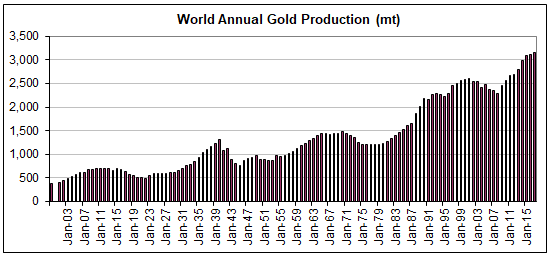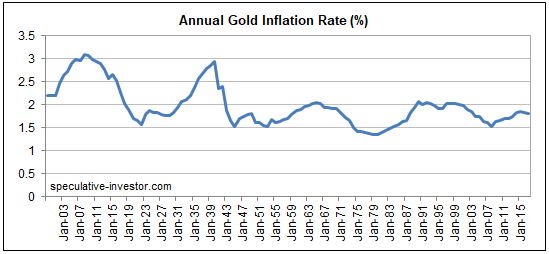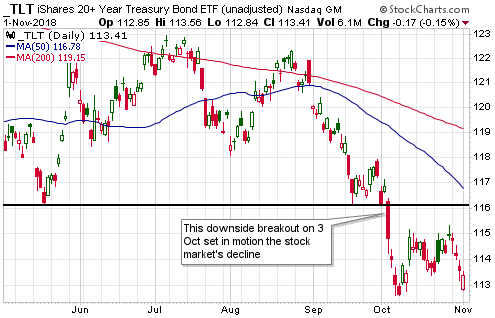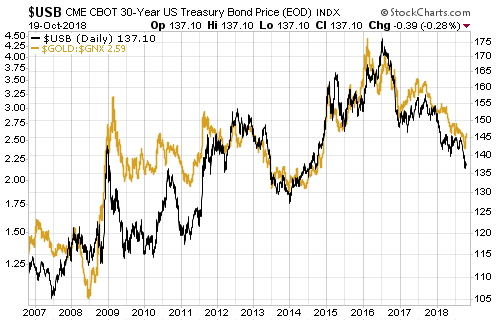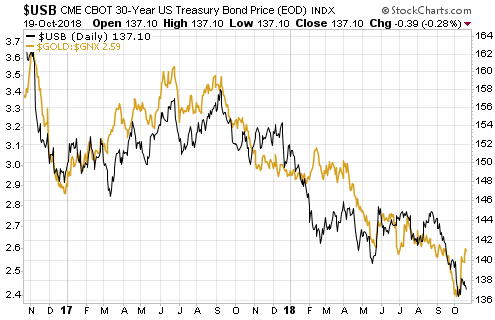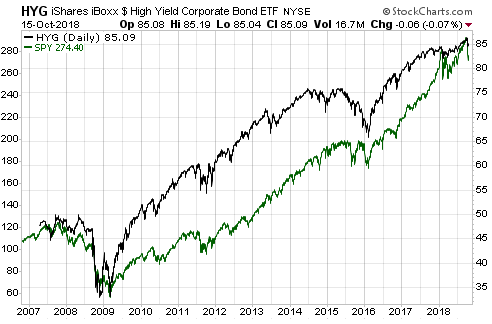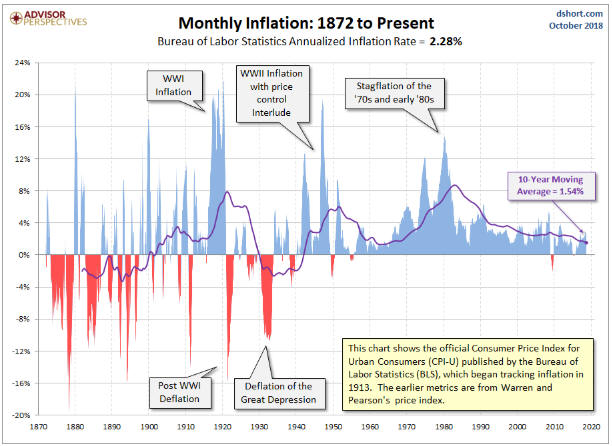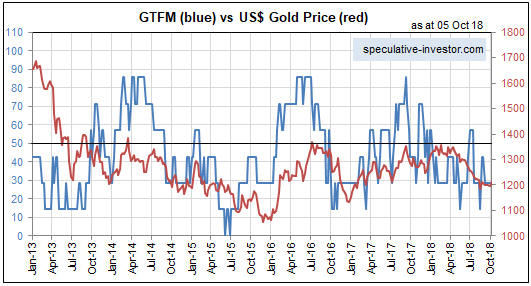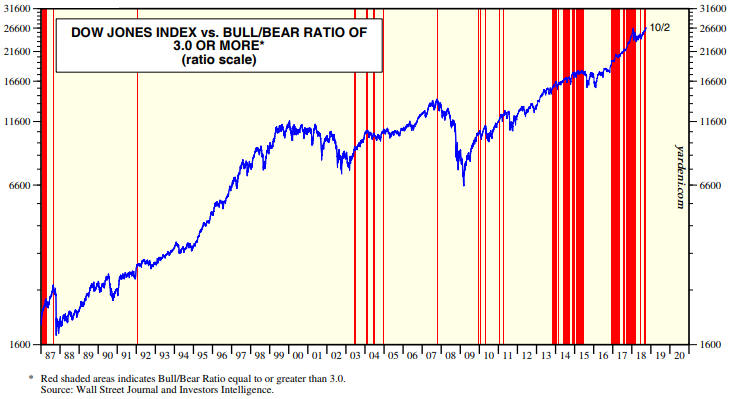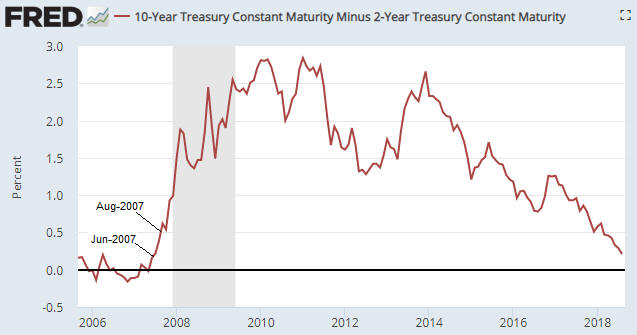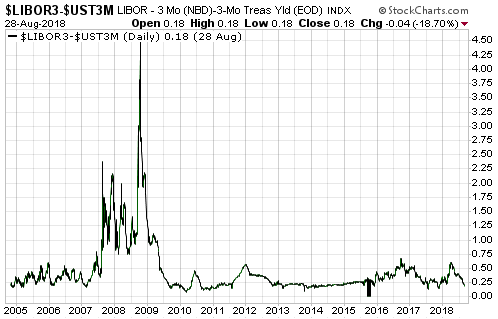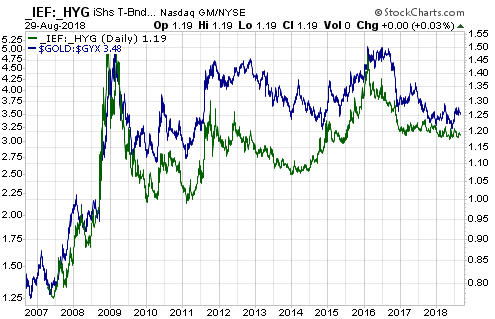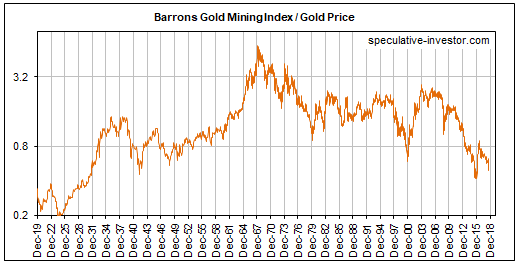Most warnings about large increases in government indebtedness revolve around future repayment obligations. For example, there is the concern that greatly increasing the government debt in the present will necessitate much higher taxes in the future. For another example, there is the concern that if the debt load is cumbersome at a time of very low interest rates, then as interest rates rise the interest expense will come to dominate the budget and lead to an upward debt spiral as more money is borrowed to pay the interest on earlier debt. Although these concerns are valid they miss two critical points, including the main problem with government borrowing.
The first of the missed points is that there is no intention to repay the debt or even to reduce the total amount of debt. This is one way that government debt is very different to private debt. Nobody would ever lend money to a private organisation unless there was a good reason to believe that the debt eventually would be repaid, but when it comes to the government the plan is for the total debt to grow indefinitely. It will grow faster during some periods than other periods, but it will always grow. Therefore, it makes no sense to agonise over how the debt will be repaid. It simply won’t be repaid or even reduced.
The current debt-based monetary system has been designed to expand…and expand…until it collapses and is replaced by something else.
Of course, the idea of debt repayment gets plenty of lip service. It has to be that way to avoid a premature collapse. The old Russian joke “we pretend to work and they pretend to pay us” springs to mind, but in this case it’s “the government pretends to care about debt repayment and bond investors pretend to believe them”. It’s a game, and for bond investors one of the guidelines of the game is “you’ll be fine as long as there are still plenty of people pretending to believe the government’s promise to pay”.
A consequence is that the rate of increase in government debt only matters to the extent that it affects the timing of the monetary system’s collapse.
The second of the missed points, and the main problem with government borrowing, is that the costs of the borrowing are immediate as well as long-term. The reason is that with one exception, every dollar added to the government’s debt pile results in a dollar less invested in the private sector. In effect, government debt accumulation adds to government spending at the expense of private-sector investment. This is a negative for economic progress, although it can give a short-term boost to economic activity in the same way that activity gets boosted by hurricane damage.
The one exception mentioned above is when the government debt is monetised by the banking industry (the central bank or the commercial banks). In this case it appears that new savings are magically created to finance the government’s deficit spending, but what actually happens is that misleading price signals are generated. In particular, interest rates are artificially lowered. The ramifications are less negative in the short-term and more negative in the long-term.
Summing up, when the government goes further into debt the biggest problem isn’t that it places a burden on future generations, since the debt will never be repaid anyway. The biggest problem is the immediate dampening effect it has on economic progress.
 Print This Post
Print This Post

